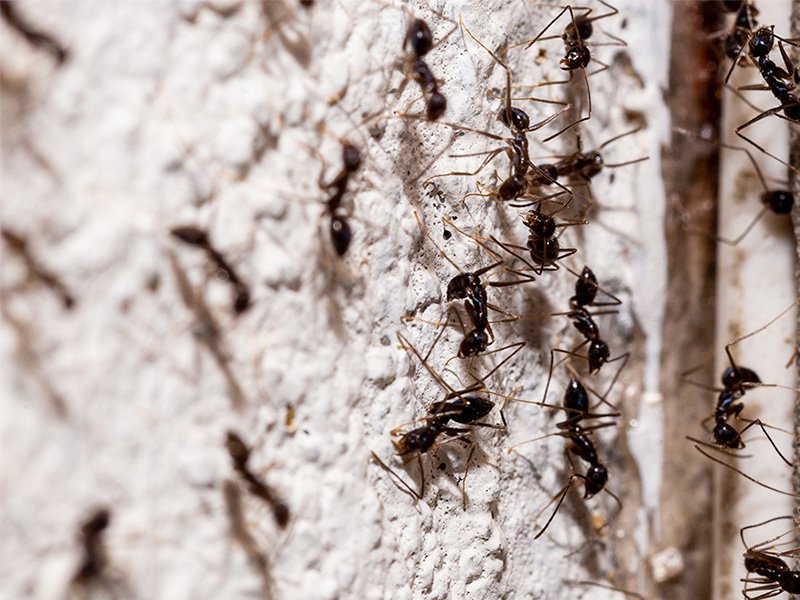Phoenix property owners recognize the irritation only too well. Then you head outside to water your desert landscaping and suddenly find streams of ants parading across your driveway as if they pay rent. Those little pests are not just hiking around your property; they are employing your broken sidewalk as their personal interstate system. Few things cause more pavement damage than the Valley’s huge temperature swings, from searing 115-degree summers to unexpected winter freezes. That is when it is time to break up these underground superhighways with professional pest control, such as Green Mango Pest Control, when sprays and baits just are not cutting it.
Why Ants Thrive in Phoenix’s Urban Environment
With Phoenix’s desert climate, ants can thrive any time of year. There are more than 150 species of ants in the Sonoran Desert, a vast number of which have become perfectly adapted to life in the city. In other towns, winters kill off ants, but in Phoenix, ants can stay active throughout the year, giving colonies a leg up in territorial disputes.
Phoenix has an urban heat island effect: mean temperatures are 7–9°F warmer than surrounding desert regions, which is favorable for many ant species. Nights in the city are much warmer because concrete and asphalt soak up the heat during the day and release it slowly at night, providing an ideal environment for ants. Moreover, the city metroplex gets a paltry 8 inches of rain each year, but irrigation from the city provides ants with accessible water in a desert they otherwise would not have.
Pavement Cracks: The Hidden Entry Points
Studies indicate that nearly every species of ant in Phoenix can fit through a space that’s only 1/16 of an inch wide. Ant colonies benefit in several ways from these minor imperfections:
- Safety from predators – Crevices provide contained highways for ants to traverse in peace
- Temperature control – The underground routes are cooler, which is essential in Phoenix with the sweltering summers
- Water harvesting – Crevices entrap morning dew and irrigation runoff
- Nest sites – Wider cracks allow room for a satellite colony
- Navigation markers – Ant trails left in cracks last longer than on surfaces
Why DIY Ant Treatments Often Fail
When homeowners notice these pests, the apparent choice is those spray bottles or ant baits, but you are only treating the symptom, certainly not the cause. Pavement crack highway ants are really working off of one underground grid that most edible soil options can not touch.
While commercial sprays can kill visible ants, they do not reach the protected trails and nesting sites within the cracks. As soon as you stop treating, new scouts move out of the very pathways you protected to rebuild their routes. Ants trail along pre-established crack routes, and are likely to entirely ignore surface baits, preferring instead their successful, below-ground food sources and pathways.
Professional Solutions for Pavement Cracks and Ant Problems
Controlling ants in Phoenix requires both surface insecticide treatments and the underground ant highways in the pavement cracks with baits. Pest control practitioners also recognise that you can not rely on what looks proverbial.
Green Mango Pest Control says that Phoenix’s unique environment and climate mean that pest control has to be approached in a specialized way. Instead of targeting the visible ant population, they target the real crack networks. In a professional treatment, material would be directly injected into crack systems, which means the protective pathways themselves are treatment zones instead of refuge zones.
The most important value of a professional service is knowing the desert urban ecosystem and how ants behave in such an environment. Experienced technicians understand what crack patterns suggest major trafficking versus minor access points.





